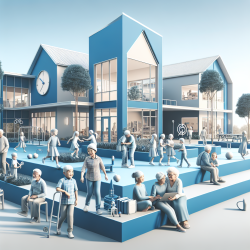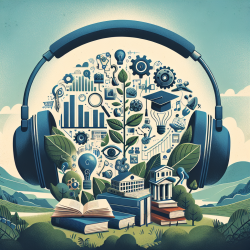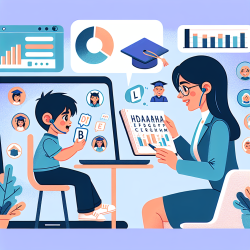The concept of Blue Zones® has captured the imagination of many, offering a glimpse into regions where people live longer, healthier lives. These areas, identified by Dan Buettner and his team, include places like Okinawa in Japan and Sardinia in Italy. The key to their longevity lies not only in diet but also in community practices and environments that support healthy aging. But how can these insights be applied to school settings to enhance the well-being of students and staff?
The Blue Zones® Framework
The research article "A Commentary on Blue Zones®: A Critical Review of Age-Friendly Environments in the 21st Century and Beyond" explores the intersection of Blue Zones® principles with the World Health Organization’s (WHO) age-friendly framework. By integrating these frameworks, schools can create environments that promote health and well-being for all ages.
Key Insights for Schools
- Community Engagement: Encourage a sense of belonging and purpose among students and staff by fostering strong community ties. This can be achieved through group activities, mentorship programs, and collaborative projects.
- Nutritional Awareness: Implement healthy eating initiatives that align with the Blue Zones® dietary practices. Schools can promote plant-based diets and mindful eating habits.
- Physical Activity: Create opportunities for natural movement throughout the day. This could include walking clubs or integrating physical activities into daily routines.
- Mental Well-being: Support mental health by providing spaces for relaxation and reflection. Encourage practices such as mindfulness and stress management techniques.
The Role of Technology
The commentary highlights the need to integrate technology into age-friendly environments. In schools, this means leveraging digital tools to enhance learning and communication while ensuring they do not detract from face-to-face interactions.
- Assistive Technologies: Use technology to support students with special needs, ensuring accessibility and personalized learning experiences.
- Sustainable Practices: Incorporate smart technologies that promote energy efficiency and environmental sustainability within school facilities.
A Call to Action
This research invites educators and therapists to explore how these principles can be adapted to their unique contexts. By doing so, they can contribute to creating healthier, more inclusive educational environments that benefit both current students and future generations.










